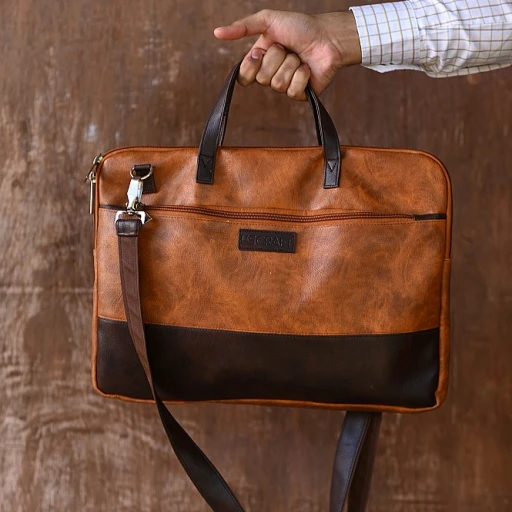Understanding Leather Dye
Exploring the Nuances of Leather Dyeing
Embarking on a journey to enhance the elegance of your leather bag or jacket is an experience unlike any other. Understanding the nuances of leather dye is essential to achieving the best results. Leather dyeing is much more than simply changing the color of your item—it’s about reviving its essence and giving it a breathtaking new finish. When considering dyeing leather, recognizing the variety of leather dyes available is crucial. Dyes differ in type and composition—some are water-based, while others are solvent-based. The choice among these options depends on the desired end result and the specific leather type of your bag. For example, grain leather and black leather bags may benefit from distinct types of dyes to maintain or enhance their natural finish without compromising the integrity of the surface. Leather dyes work by penetrating the surface, ensuring a long-lasting color transformation. A quality dye can change the appearance of leather bags from dull and lifeless to vibrant and luxurious. However, to achieve the desired color effectively, the dye must be applied correctly; this ensures the leather maintains its regular price value and does not suffer from unexpected color deviations. To select the most suitable dye, it's beneficial to understand the distinction between leather dyes and leather finishes—while dyes alter the color, finishes protect and restore. Some individuals prefer natural pigments, which not only provide a rich hue but also adhere to eco-friendly practices. You might be curious about how these pigments play a crucial role in achieving a premium look, more insights are shared on how natural pigments enhance luxury in fine leather goods. Achieving a high-quality transformation involves more than just picking a dye and applying it. Properly cleaning and preparing the leather surface ensures the process will not only meet but exceed your expectations in both appearance and longevity. This preparatory step, including the use of a leather conditioner, is integral to successful leather dyeing. With the right knowledge and products, your leather bag or jacket can become a testament to craftsmanship and sophistication.Choosing the Right Dye for Your Handbag
Selecting the Right Shade and Type
Choosing the right type of leather dye is essential when aiming to change color or refresh your leather bag. Leather dyes come in various finishes and formulas, with each boasting unique characteristics that cater to different leather surfaces.
- Alcohol-based dyes: These penetrate deeply into the leather, offering a long-lasting and vibrant color. Ideal for grain leather and black leather transformations, they can withstand regular wear and tear.
- Water-based dyes: Featuring a mix that is more sustainable and environmentally friendly, these are perfect for those looking to dye leather that requires a softer touch, like leather jackets or fine bags leather. They provide a subtle finish but may require more frequent touch-ups.
- Natural dyes: Known for their ability to maintain the leather’s natural aesthetics while adding a gentle tint. While they might come at a higher price point, natural dyes are well-suited for high-end leather bags seeking an elegant transformation.
Evaluating Color Compatibility
Once you've settled on the type of dye, consider the color. Whether opting for a deep, classic hue or a bold, new shade, ensuring that the dye complements your piece is vital. This not only preserves the sophisticated charm of your item but also aligns with the luxury standards.
Remember, choosing a dye with the right balance of intensity and longevity greatly affects the outcome of your dyed leather item. Expert insights on bespoke leather dyeing emphasize the significance of this step in maintaining the article’s lux appeal What makes bespoke leather dyeing a mark of luxury.
Preparing Your Handbag for Dyeing
Preparing Your Leather Bag for a Successful Dye Transformation
Before you embark on the journey to dye leather, it's crucial to prepare the surface meticulously to ensure the best results. Proper preparation is vital for the dye to adhere effectively, enhancing your leather bag's finish and longevity. Begin by cleaning your bag thoroughly. Use a leather cleaner that is specially formulated for natural leather, avoiding harsh chemicals that could damage the material. Cleaning removes any dirt, oil, or existing dye that might interfere with the new color. A clean surface guarantees the dye will soak in evenly, leading to a more vibrant and lasting result. Once your leather bag is clean and dry, assess the surface for any previous finishes or coatings. Regular use can sometimes lead to the application of conditioners or protective coatings that must be removed for the dye to adhere properly. Utilizing a leather deglazer can effectively strip away these layers without harming the natural grain leather. After cleaning and deglazing, protect your work area and any parts of the bag you wish to keep dye-free. Mask any hardware or areas you don’t want to color with tape. This step is crucial as dyeing can be a meticulous process, and unwanted stains can diminish the bag’s overall appeal. Additionally, testing your chosen leather dye on a small, inconspicuous area of the bag is advisable. This helps ensure you're pleased with the color change before proceeding with the entire bag. Remember, leather dyes can sometimes appear differently once applied and dry. For detailed insights into why meticulous preparation is essential, exploring the artistry behind tooled leather billfolds can be particularly enlightening. Understanding these nuances can elevate your leather dyeing experience, ensuring a blend of sophistication and craftsmanship in your finished product.Applying the Dye: Techniques and Tips
Techniques and Tips for Applying Dye to Leather
Conditioning your leather bag before applying the dye is essential for a uniform finish. After you've cleaned the surface thoroughly, it's time to choose the best method to apply the leather dye. Each technique offers unique results, tailored to different types of bags leather. Firstly, ensure your workspace is clean and you're wearing appropriate gloves to protect your hands. Here's how you can proceed with some effective techniques:- Sponge Application: This technique is ideal for achieving even coverage, especially on larger surface areas like leather jackets or substantial leather bags. Dampen the sponge slightly with water to ensure a smooth application and then dip it in the dye. Work in small sections using a circular motion, paying close attention to any intricate details of the bag.
- Brush Technique: For bags with complex textures or grain leather, opt for a brush application. A high-quality brush allows for precise strokes, which can be particularly useful for corners and edges where uniform color is critical. Be sure to apply the dye evenly, avoiding brush marks. Opt for multiple light coats instead of a single thick one to prevent any streaking issues.
- Spray Method: When looking for a consistent finish across large leather bag surfaces, spraying the dye can be an efficient option. However, it requires some practice for the best results. Keep the spray approximately 6-8 inches away from the bag, start with a light coating, and build up gradually.
Maintaining Your Dyed Handbag
Prolonging the Beauty of Your Newly Dyed Handbag
Keeping your dyed leather bag looking pristine requires a strategic maintenance routine. While leather dyeing breathes new life into your leather bag, maintaining its vibrancy and longevity demands consistent care.- Regular Cleaning: As part of your routine, gently wipe the surface with a soft, damp cloth. Avoid excessive water and always use natural cleaning products suitable for leather. This will prevent dirt and dust from embedding, keeping the color leather vibrant.
- Leather Conditioner: Applying a quality leather conditioner will keep the leather supple and enhance the dye’s longevity. Choose a conditioner specifically formulated for dyed leather; it will nourish the material, preventing it from drying out and cracking.
- Proper Storage: Store your leather bags in a cool, dry place. Avoid direct sunlight or exposure near heat sources which can cause the dye to fade. Use dust bags for added protection.
- Water Protection: To guard against water spots and stains, consider applying a water-repellent treatment. It’s a simple way to preserve the finish of your dyed leather bags.
- Handling Black Leather and Grain Leather: If your bag features black leather or has a grain texture, ensure different maintenance steps. Regularly clean and condition these to maintain their distinct look and prevent any change color effects from wear.
Troubleshooting Common Dyeing Issues
Identifying and Resolving Unintended Results
Dyeing leather is both an art and a science, and it is not uncommon to encounter a few bumps along the road. If you find yourself facing any issues while attempting to perfect the color of your bag, there are some practical ways to troubleshoot these challenges.Uneven Color Distribution
- Causes: Uneven color might occur due to inadequate preparation or inconsistent application of leather dye.
- Solutions: Ensure the leather surface is clean and free of oils and dirt before dyeing. Use consistent strokes and apply the dye in multiple thin layers to achieve an even finish.
Color Appears Too Light or Dark
- Causes: The chosen dye color might be too intense, or the application wasn't thick enough.
- Solutions: Experiment with a test area to assess color intensity. For a lighter shade, dilute the dye with a leather-specific diluting agent. For a deeper color, apply multiple coats, allowing each to dry thoroughly before proceeding.
Staining or Color Bleeding
- Causes: Excess dye can sometimes fade onto other materials or cause unwanted markings on the bag.
- Solutions: Begin with a very controlled application, and regularly check for any residual color transfer. Applying a leather conditioner after finishing will assist in preventing color bleeding over time.
Leather Texture Changes
- Causes: An altered texture may be due to over-saturation or the use of a low-quality dye.
- Solutions: Opt for high-quality leather dyes tailored for grain leather. Ensure that each layer is thoroughly dry before adding another, preventing the texture from becoming rigid.
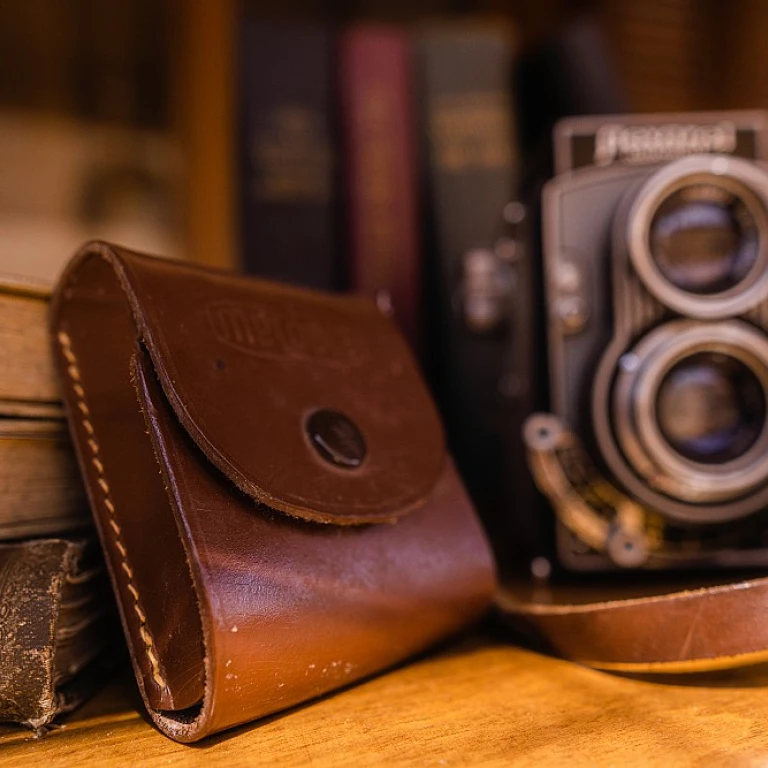
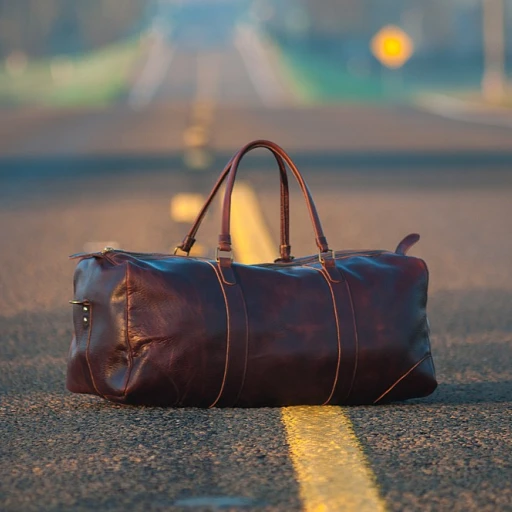
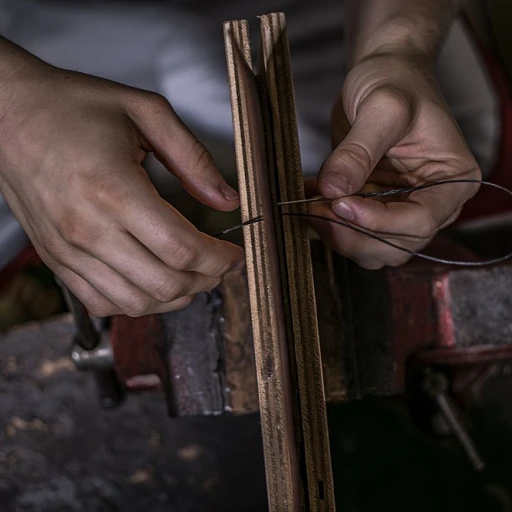
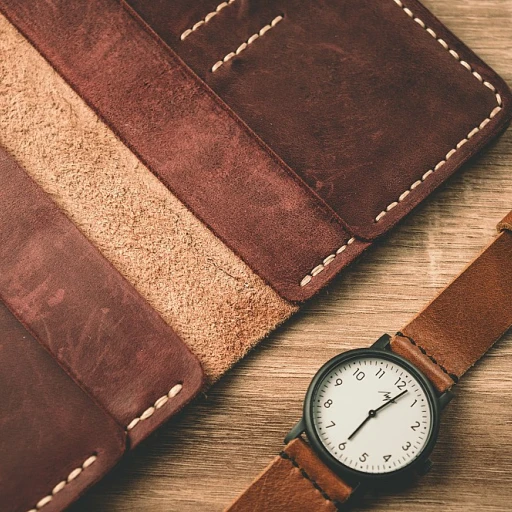

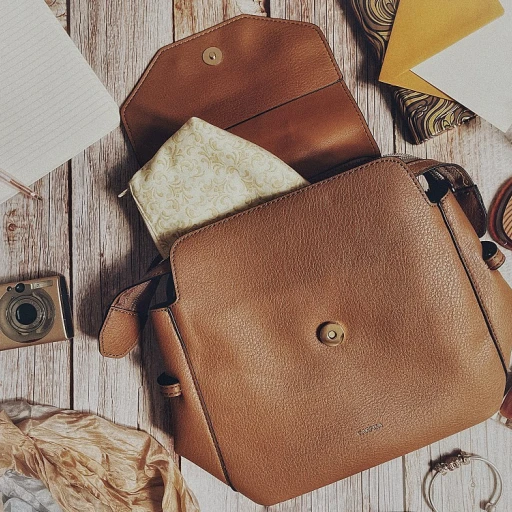
-large-teaser.webp)
